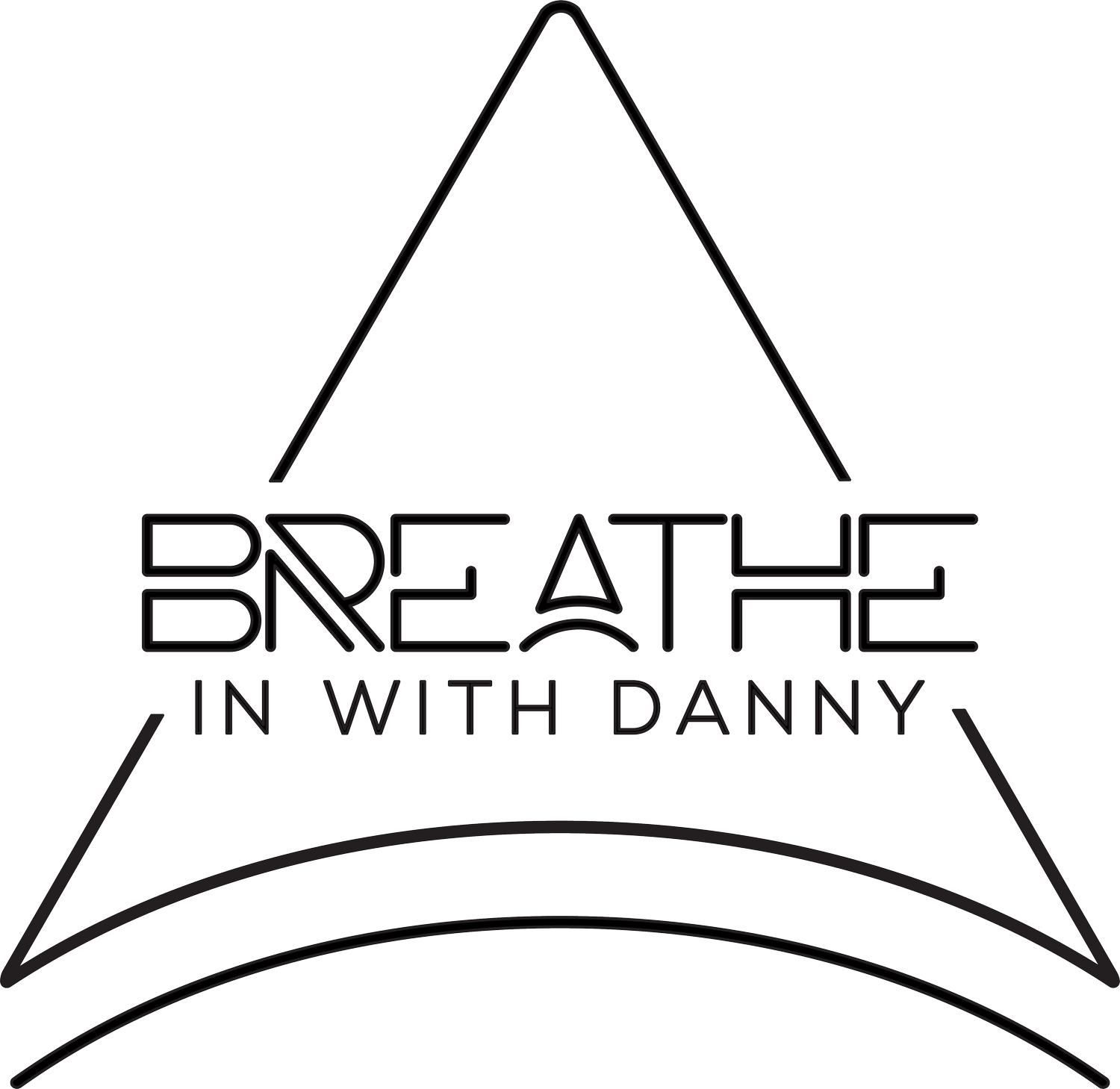Breathing for Golf
Golf Breathing Technique and Exercises
What is the likelihood of you scoring your personal best after eighteen holes of golf if you had to use a different set of clubs each hole? Every detail matters in this game of extreme precision; however, people who care deeply about their golf performance leave our bodies’ most important function up to chance, breathing. Going into each hole without having a consistent game plan for how you will breathe is the equivalent of playing each hole with different equipment; your club may not change, but your biochemistry, heart rate, and stress response will be left up to chance. From recreationists to the members of the PGA Tour, passionate golfers take every measure to ensure consistency and comfort, spending thousands of dollars to enhance their game. According to the National Golf Foundation in an article by the Annika Academy, "in 2019, approximately $84 billion in value is estimated to be the industry's value, of which $2 billion was spent in clubs, balls, and golf equipment. The figure for 2018 was $7 billion.” In today’s consumerist society, we tend to look outside ourselves for solutions, advantages, and shortcuts to success; often, the path lies within our mind, where the only currency is focus and discipline. Practicing breathwork, breathing exercises, and techinques are more complex than ordering that new pricey club that sponsors your favorite pro, but there is also far more juice to the squeeze.
Respirations per minute and heart rate are positively correlated; when one rises, so does the other. Heart rate is an involuntary function; however, our breath is voluntary and involuntary, allowing us to tap into what we can not see inside our body. We know heart rate affects our performance, and our breath influences our heart rate; the goal is to manipulate the breath to maximize the potential for desired results. We can see a clear depiction of this in an article on golf.com regarding 14-time PGA tour winner Justin Thomas; Justin was wearing a heart rate monitor that captured how his pre-shot routine manipulated his beats per minute, and he eagled the hole. The article states
Looking at this graph, it becomes evident just how important Thomas’ pre-shot routine is. As he went through his putting routine and set up for his shot, you could see his heart rate drop slightly. Being nervous over the ball is never good, so Thomas used his routine to settle himself down before making his stroke.
Golf clubs are not a one size fits all tool, and neither is our breath. We find the proper breathing technique and pattern for each athlete through practice and coaching. Tiger Wood’s mindset coach Caroline Britton discusses Wood’s breathing technique that propelled him through difficult times during the 2019 Masters Tournament. Britton refers to Tiger’s preferred breathing pattern saying,
The simple way to anchor yourself in the present is the 3-4-5 breath, which is just breathing in for three seconds, holding it for four seconds, and breathing out for five seconds. That enables a lovely flow, with your diaphragm expanding and the deep breaths coming in. It grounds you at the moment.
In a game of precision, leaving variables up to chance will always increase the likelihood of failure and frustration; learn the breath and invest in yourself.


